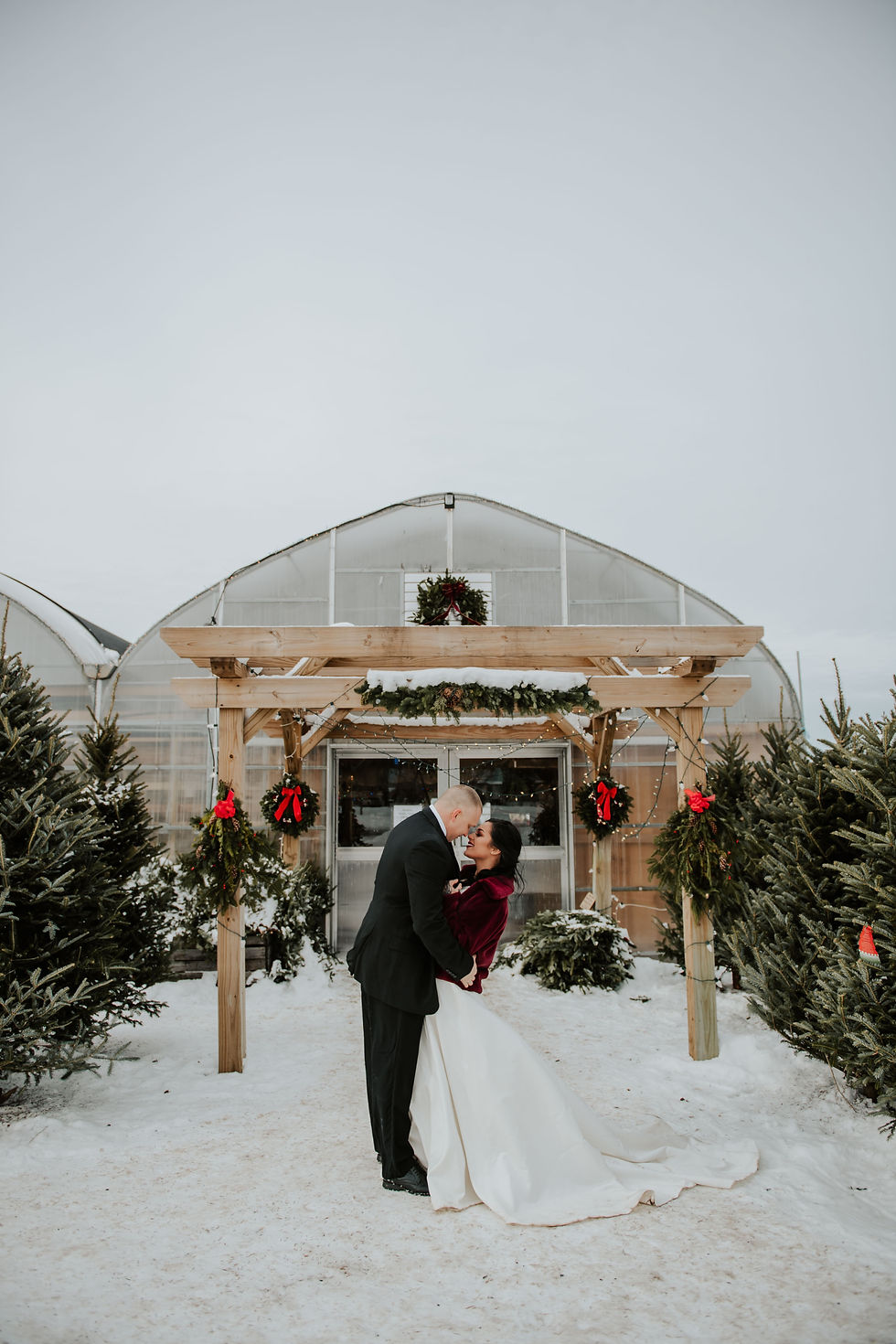How to Get Started with Photography: A Beginner’s Guide
- Kimmy Schuldt

- Mar 28
- 4 min read
Photography is a form of art that captures moments, emotions, and beauty in the simplest of settings. For beginners, diving into photography can feel overwhelming, but it can also be incredibly rewarding. This guide aims to provide you with essential information to help you embark on your photographic journey.
Photography Guide: Choosing the Right Camera
Selecting the right camera is crucial when you are just starting. Thankfully, you don’t need the latest DSLR to take fantastic photos. Here’s a breakdown of your options:
Smartphones: Modern smartphones come equipped with excellent cameras. They are portable and always with you, making it easy to snap pictures on the move. You can capture anything, from breathtaking landscapes to candid street scenes.
Point-and-Shoot Cameras: These are compact and designed for simplicity. Most have automatic settings that adjust for light and motion, allowing you to focus on composition.
DSLR Cameras: If you want to delve deeper, DSLRs offer flexibility and image quality. They allow you to change lenses according to your needs, whether for landscapes, portraits, or macro photography.
Mirrorless Cameras: Similar to DSLRs but lighter, mirrorless cameras offer the same advantages with quicker autofocus and video capabilities.

As a beginner, consider starting with a smartphone or point-and-shoot camera. This approach allows you to learn the fundamentals without being bogged down by technical complexities.
Understanding the Basics of Photography
Understanding photography basics is essential for every budding photographer. Here are the key concepts you should grasp:
Exposure: This refers to how much light enters your camera. It is controlled by three components:
Aperture: This is the opening in the lens. A larger aperture (lower f-stop number) lets in more light and creates a shallow depth of field, which is excellent for portraits.
Shutter Speed: This determines how long the camera's sensor is exposed to light. Faster shutter speeds freeze motion, while slower speeds can create a blur effect.
ISO: This controls the camera's sensitivity to light. A lower ISO is ideal for bright conditions, while a higher ISO helps in low-light situations but can introduce noise.
Composition: This refers to how you arrange elements within the frame. Familiarize yourself with the Rule of Thirds, leading lines, and framing techniques to enhance your photographs.
Lighting: Natural light can dramatically change the mood of your images. Early morning and late afternoon, known as the golden hour, provide soft and warm light that’s flattering for various subjects.
Creative Techniques to Enhance Your Photography Skills
As you get comfortable with your camera and its settings, you’ll want to experiment with creative techniques to enhance your skills. Here are some methods to try out:
Long Exposure: This technique involves using a slow shutter speed to capture motion over time, such as flowing water in a river or light trails from cars. Use a tripod to maintain stability.
Macro Photography: Get up close and personal with your subjects, capturing intricate details. A specialized macro lens is ideal, but you can experiment with your existing lenses to find creative angles.
Silhouettes and Shadows: Play with contrasting light sources to create powerful silhouettes. Backlighting can produce dramatic effects in your photos.

Editing Your Photographs
Post-processing can take your images to the next level. Here are some popular software options:
Adobe Lightroom: This is an excellent tool for beginners and professionals alike. It allows for easy adjustments to exposure, color balance, and clarity.
Adobe Photoshop: More advanced, this software lets you edit and manipulate images creatively. It’s worthwhile to learn some basic skills for enhancing or combining photographs.
Mobile Apps: If you prefer editing on your phone, apps like Snapseed and VSCO offer powerful tools for color grading and styling.
When editing, keep in mind the story you want to tell with your image. Over-editing can detract from the photograph, so balance is key.
Finding Your Style and Continuous Learning
Finding your unique style is an ongoing journey. Explore different genres such as:
Portraits: Capture the essence of individuals either posed or candidly.
Landscapes: Experiment with wide-angle shots that showcase natural beauty.
Street Photography: Document everyday life, capturing moments spontaneously.
Joining photography classes, online forums, or local clubs can accelerate your learning. Sharing your work for feedback can open you up to new perspectives and improvements.
Take every opportunity to shoot and don’t be afraid to fail. With each click, you will improve, discovering new techniques and styles that resonate with you.
Embrace the Journey
Photography is not just about the technical aspects; it’s about storytelling, capturing emotions, and enjoying the process of creation. Embrace every moment, be patient with yourself, and let your passion guide you. Remember, every great photographer started as a beginner, and your journey has just begun.
Get out there, explore, and most importantly, have fun with your new hobby! Whether you’re photographing a busy city street, the serene countryside, or the captivating beauty around you, the world is your canvas.
With time and practice, your skills will grow, and you’ll develop a style that is uniquely yours. Happy shooting!





Comments